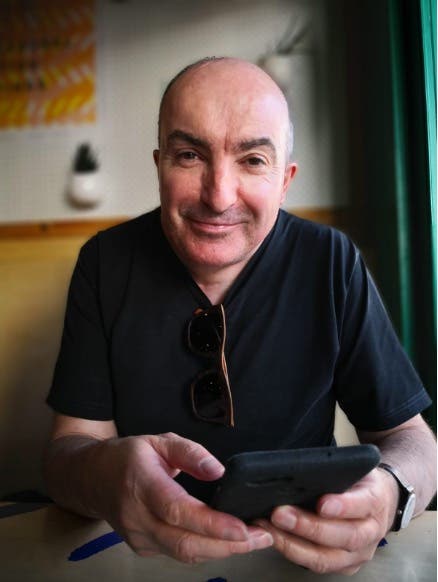It’s not a new revelation that we are now living much more distanced lives, staying home for 23 or more hours a day. Working, shopping, and socialising from our homes rather than going to offices, stores, and entertainment spaces.
Brands are continuously having to adjust to this new way of living, both as employees and as marketers, trying to understand how they can still be part of consumers' lives if they aren't going to shops and public spaces as much as they were. We are seeing some incredibly creative pivots and transformations, particularly in categories like hospitality, where brands have had to move fast to keep any revenues coming in. For example, British restaurant brands like Hawksmoor, Darjeeling Express and Cue Point, have all launched meal kits, sauces, Instagram cookery shows and more, all as ways to remain a part of their customers’ lives.
As the vaccine rollout continues, we expect life to return to ‘normal’, possibly by the summer, whatever ‘normal’ means. It is very likely that as we are allowed to mix with other people again, some things will start to look a lot like they did pre-pandemic. But some things will have changed. Some old habits and behaviours will change, but some will be dropped, and new ways of living will emerge.
‘The Fear of Going Out is forcing brands to design ‘remote-first’ products and services.’
Cinema is a classic example. Over the past few years, films have been increasingly targeting younger audiences (Superheroes, teen dramas etc.), with increasingly little for older audiences. During the pandemic, cinemas have had to close, and it may be very difficult to get older audiences to come back, now that the habit has been broken. New, cheaper alternatives in streaming have been experienced. While cinemas are for more than just seeing films (dating, for example), likely, some of the least popular and least well-maintained cinemas may not re-open. The industry has also seen moves like studios putting movies directly onto streaming platforms which would have been unthinkable before. Once these changes happen, it is hard to reverse them.
We are expecting to see a K-shaped recovery from the pandemic. What this means is that some categories and brands will recover quickly (or have already seen growth), while others will see a continued decline (the ‘up’ and ‘down’ bars of the K).
Four attributes for success are likely to be:
1. Empathetic brands. Carat’s Brand EQ study showed that brands demonstrating a high level of emotional intelligence grow faster than their peers. This is definitely the time for empathy! The best brands will be the ones that show that they understand and care about their customers and are also treating their staff well. Scottish craft brewer Brewdog has acted brilliantly in this time, from its founders forfeiting all their pay for 2020 to help safeguard their colleagues’ jobs, to offering to let the government use their closed bars as vaccination sites.
2. Established brands. During the uncertainty of the pandemic, people bought brands they knew would be good quality, especially in categories like CPG. We expect that this will continue, and the habits like home cooking are likely to remain. Premier Foods, which owns iconic brands like Mr Kipling cakes, and Bisto gravy, are reportedly expecting a sharp rise in profits. People are discovering how much they enjoy cooking and eating at home. This is also a good illustration of the importance of building long term brand equity.
3. Agile brands. Brands that were already on a transformation journey, and brands that regularly changed had a head start when it came to changing in reaction to the pandemic. Clothing brand Asos, which sees a rapid turnover in product lines, was able to shift its focus from smart dress and party wear to more at-home dress like leisurewear, which are also less likely to be returned. We expect these brands to continue to prosper through continued innovation.
4. Brands with strong balance sheets. Many businesses will struggle over the next few years, and brands with capital, or good access to capital will be able to expand through acquisition or taking over sites and assets from others. Bar chain Wetherspoons has just raised funds to allow it to buy new properties once lockdowns ease.
No matter what happens, brands need to move forward knowing that there won’t be a return to the “old normal,” and that with this change comes great opportunity. A malleable landscape means brands have the ability to shape the new normal in real time, with an opportunity to better serve multiple segments of customers as we enter varied stages of recovery. 2021 can be the future that the past century has promised us, it’s up to us to make it that way.



